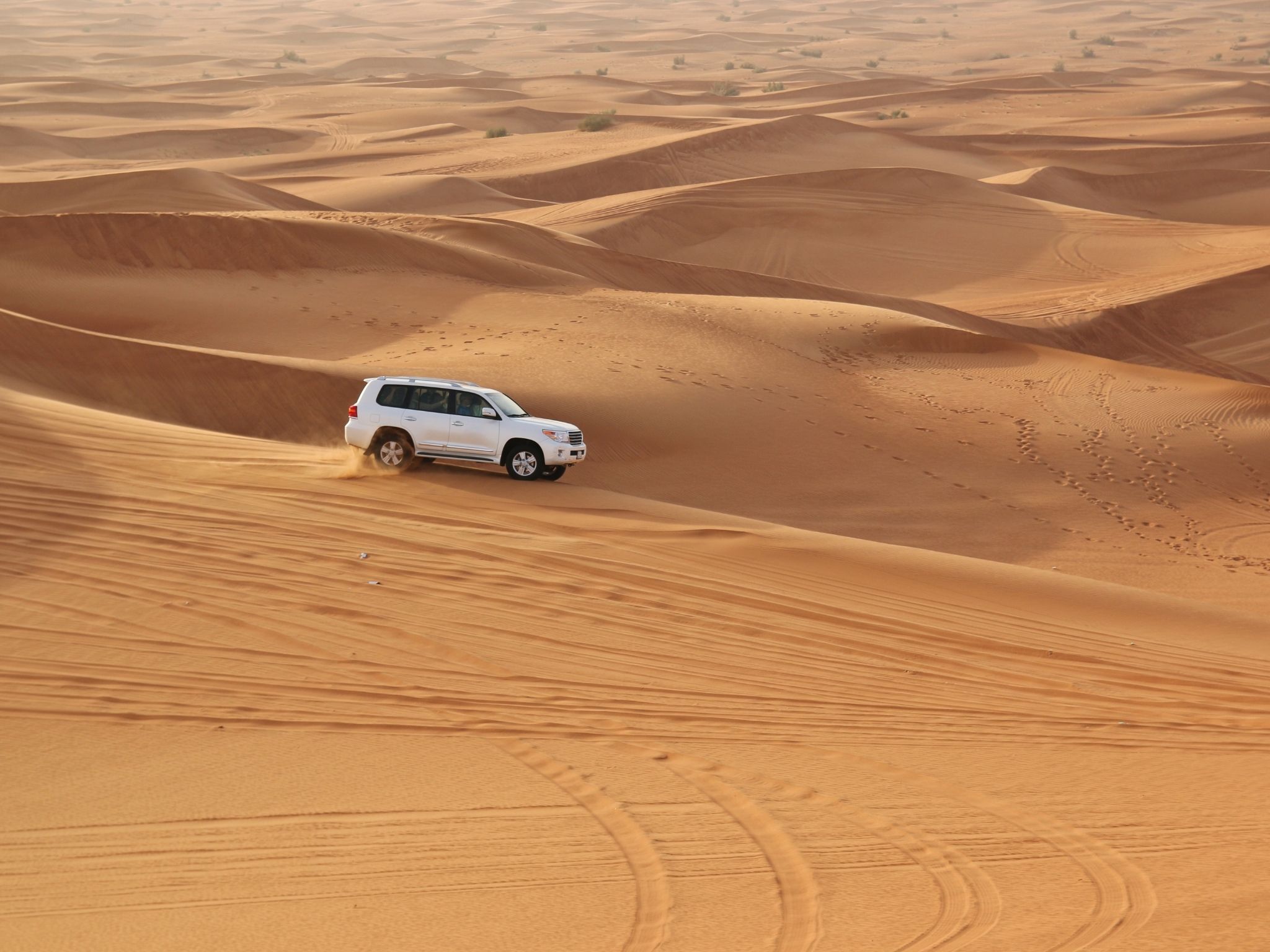Sudan is a country that is often misunderstood and travelers tend to have pre-conceived ideas before traveling that are often shattered during a visit. Some of those misconceptions come down to dress code and customs.
In this article, I will provide tips for packing for Sudan as well as suggestions for things to bring and things to leave behind.
During our trip to Sudan, we will spend most of the time in the desert, crossing some rivers, walking on sand dunes and many archeological sites and on gravel, sandy and unpaved areas. It is important to bring adequate footwear.
Additionally, we will also spend a lot of time in 4WD cars so comfortable clothes you can sit in for extended periods of time are a must. Packing light for Sudan is also essential since we will be moving around a lot, changing accommodation often and cars don’t have unlimited space.
Lastly, this is a conservative country so a Sudan packing list must include clothes that err on the side of covering more than they reveal. Although covering your head, hair or body is not required, skimpy clothes should be left behind.
To skip right to our packing list and tips, click here, otherwise keep reading for everything you’ll need to know about the weather during your stay in Sudan in winter.
What to expect in Sudan in winter
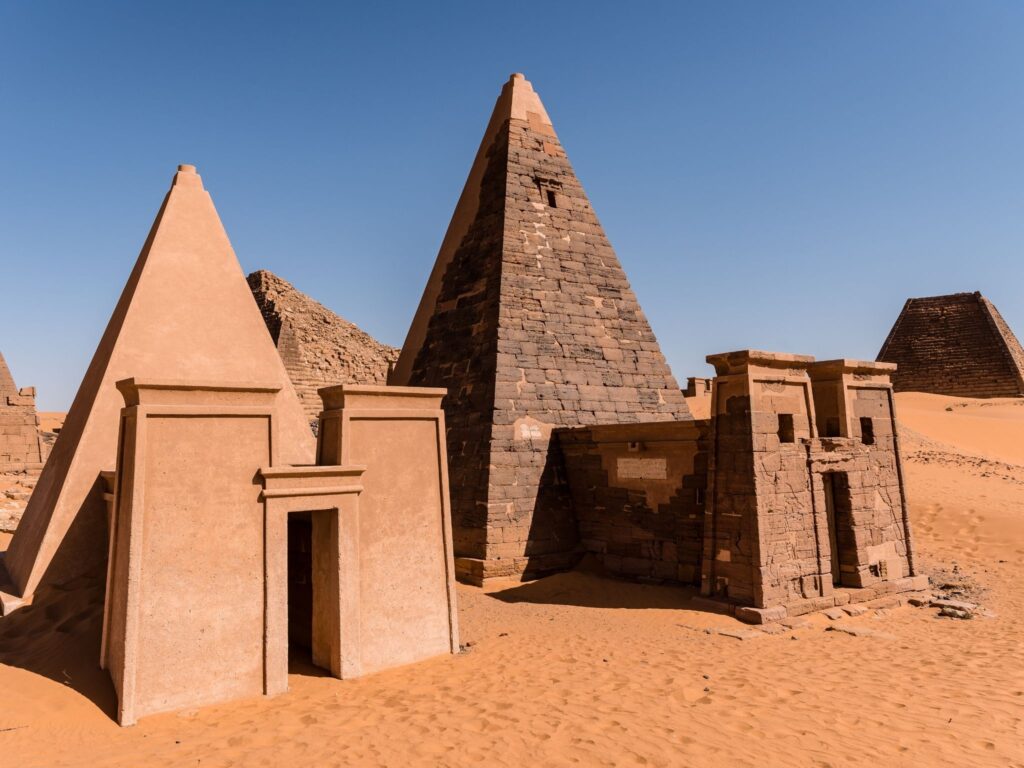
Sudan experiences typical desert climate conditions. This means that it almost never rains, temperatures can vary a lot from day to night in the desert, the air is always very dry air with very low humidity levels.
Because of its location near the Equator, there is little variation throughout the year in terms of sunrise and sunset times and the sun rays are strong. Shade is rare outside the city and tree cover minimal.
The sky is almost always clear though the months of April and May see sand storms called haboob taking over the skies that look like apocalyptic scenes taken out of the movie “The Mummy.”
This is why the best months to visit Sudan are the months from November to March, with October and April as shoulder months when temperatures are still very high but bearable.
From May to September, it is scorching hot and most of the tourism accommodations close off for the season because the temperatures soar beyond acceptable levels and tourists disappear.
Between November and March, temperatures are milder, though still hot during the day, and cooler at night when in the desert. But it is never cold during the day in Sudan, not even in the winter months.
The coldest days of the year may see temperatures drop to 18 C (60 F) at night in Khartoum but can get close to freezing levels in the desert.
We visit Sudan in early November when temperatures should be between 21-33 C in Khartoum. The chance of rain is zero, as is the humidity level, and the sun will be shining for 11 to 12 hours per day from around 5:30am.
Meroe has almost identical weather conditions to those of Khartoum. In Karima, minimum temperatures can be slightly lower than in Khartoum of Meroe but the highs are the same.
Tips when packing for Sudan
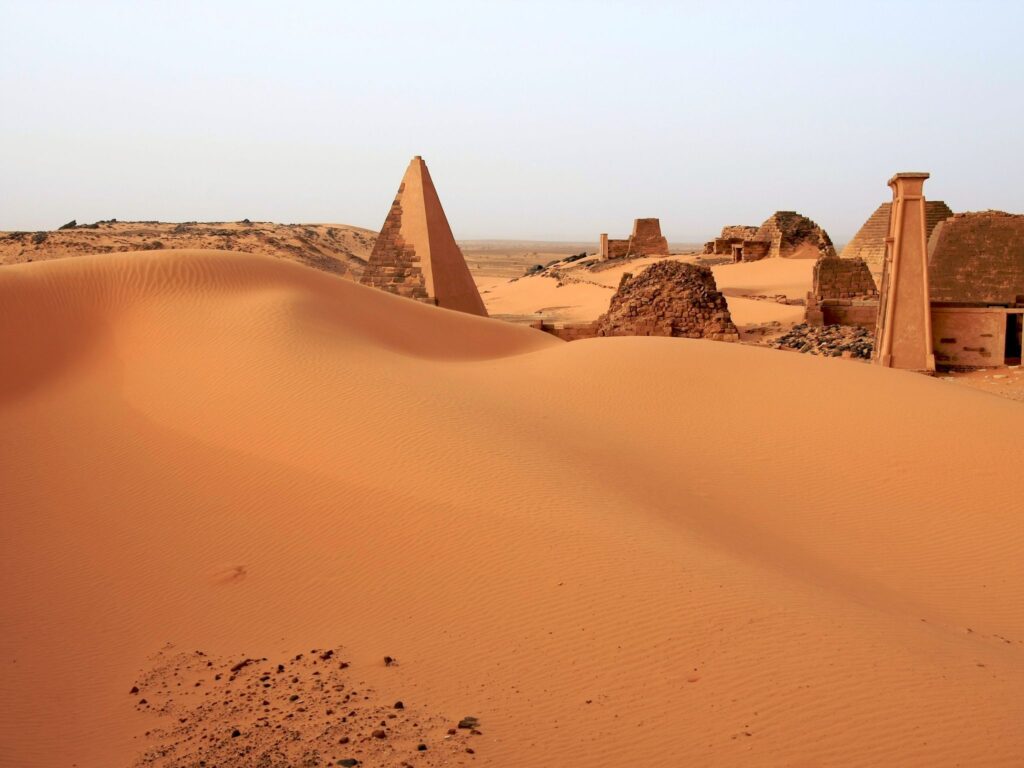
Considering the weather outlook explained above, it is important to pack accordingly to be comfortable and able to adapt to the changing daily conditions and the high daily temperatures.
This means, bringing enough layers to withstand a 10-15 C (50-59 F) change in temperatures in a day, and the extreme dryness of the desert which can be difficult for those used to living by the coast or in high humidity conditions like myself.
Note: Click here to see all our item recommendations in one place on our Amazon Storefront.
Pack light
I am not saying this lightly (pun intended) but you really want to pack light and ideally in a soft bag for this trip. We will be packing and unpacking a lot, moving every other day sometimes every day, and you don’t want to be lugging around a large and heavy suitcase.
Plus the bags will be carried around the country over the 4WD cars and will shake a lot. Pack smart, bring only what you need and if necessary, have some of the clothes washed or hand wash them yourself.
Brands like Osprey or Cotopaxi have great backpacking options for you to choose from.
Meroe Camp and at the Nubian Rest House in Karima offer laundry service. Socks and underwear will not be washed, so make sure you bring enough.
As mentioned below, Sudan is a casual destination and this is an adventure trip, comfort should trump style, older clothes should be prioritised over new ones, and there will be no opportunities to dress up.
IMPORTANT: If you plan to bring an oversized bag, please be advised that it may not fit in the car and may have to be left in Khartoum in storage, reach out to discuss.
Sturdy footwear
Your shoes will probably be the most important item you should pack for Sudan. We will walk on rocks, dust, unpaved paths and roads and on sand dunes. It is better to wear closed toes shoes that are sturdy, have grip and are worn out.
It is not a good idea to wear new shoes unless you don’t mind them getting dusty and dirty. Hiking boots are not required either.
A pair of old sneakers are a good idea and one pair of flip flops or sandals will be useful to walk around the camp, guest house and the sand dunes, though the sun can get really hot during the day so open shoes means hot sand.
Layer up
I’ve said it already but the daily temperatures changes a lot through the day in Sudan. Make sure to dress in layers to better suit the conservative nature of the country and to take off or put on as temperatures vary.
Start with a base layer t-shirt or blouse, and top it off with a sweater, cardigan, or light jacket and a scarf for the coldest days. You can leave the layers you will not need in the bus on the days when we are moving a lot, but better bring more than miss a layer and be cold.
Anti theft bag
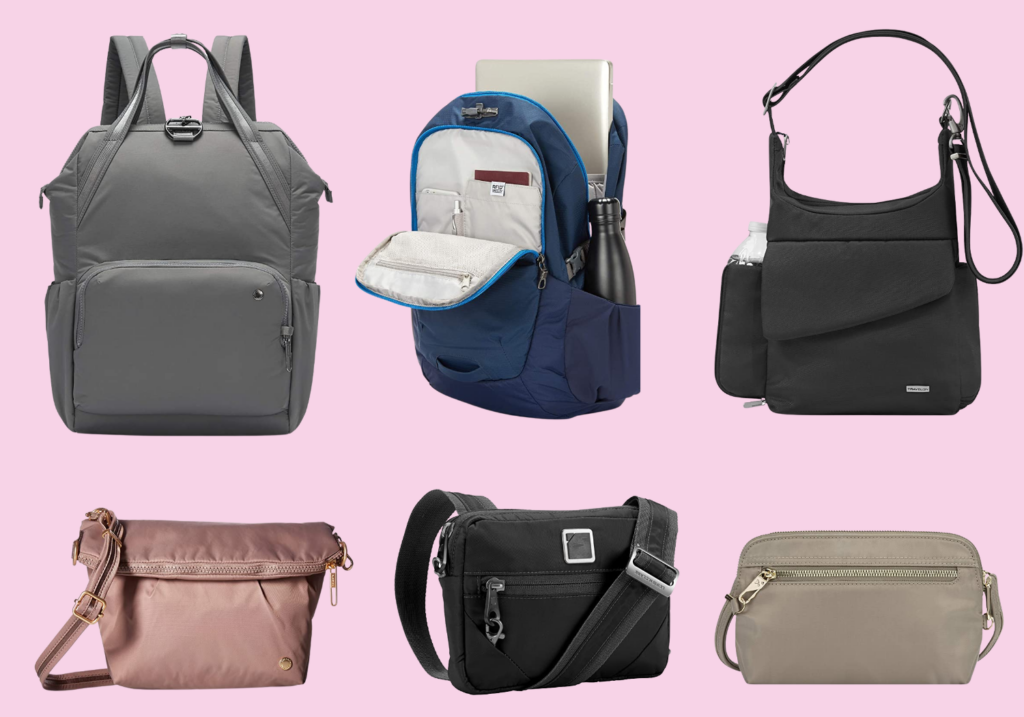
Crime in Sudan is extremely low and the typical concerns of tourists in popular destinations such as European capitals are irrelevant in Sudan. That said, it is always better to be safe than sorry and petty crime does exist like everywhere else, though only in Khartoum.
There will be a couple of occasions when we will be in crowded spaces in Khartoum (markets, wrestling, Sufi dancing), it may be worth investing in an anti-theft bag that you can also use on any future trip.
Slash-proof, anti-theft bags are designed for extra safety. Alternatively, a cross-body bag that is always zipped and in front of you should work.
Be respectful of the local culture
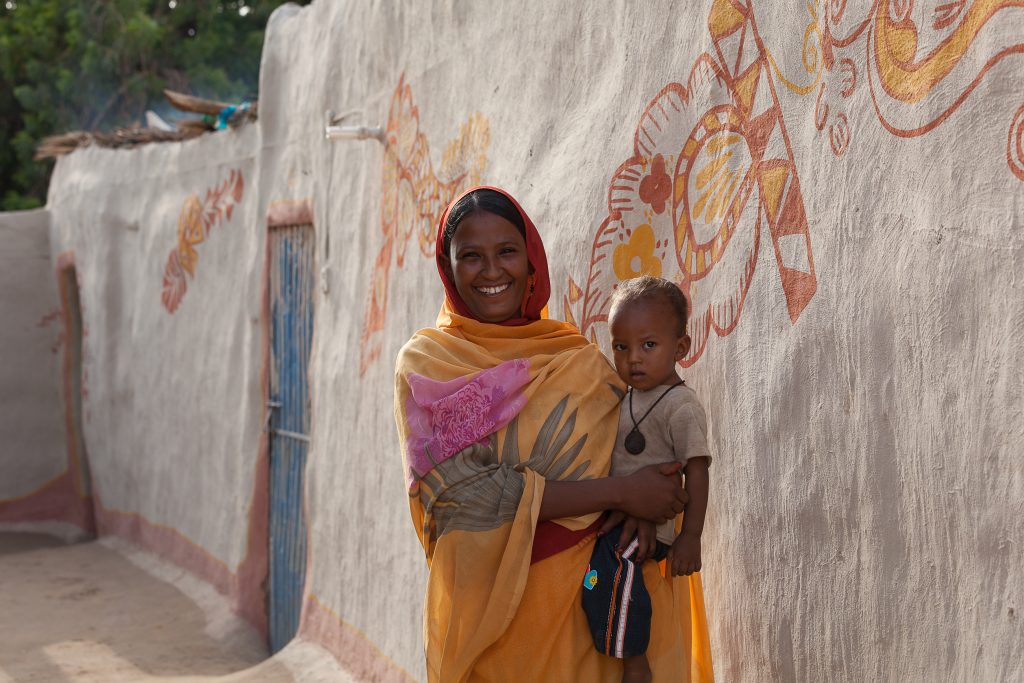
Sudan is a majority muslim country which follows strict Islamic law. Alcohol is banned, music is forbidden and locals dress conservatively, both men and women.
However, women usually dress colorfully and cover their hair with a scarf. The long black abayas worn by women in the Middle East are not as commonly worn in Sudan where women prefer to wear a brightly colored fabrics.
Sudanese women typically dress with a long sleeve tunic style dress or a thobe, a wrap around that covers their body and head. Most of them also cover their hair with a headscarf.
While foreign women do not need to cover their hair or wear any special clothing, dressing conservatively is highly recommended in Sudan. It shows cultural awareness and will help you blend in, be ready to enter any building and protect from the sun, dust and wind of the desert.
I also recommend wearing lighter colors that attract less heat, loose attire that will help you feel fresher and more comfortable in the car, and clothing that you don’t mind getting dusty and dirty.
Tight clothing, showing your legs or a cleavage or wearing revealing clothes is not recommended.
Dress casually
Moroccan women, especially the younger city dwellers, like to dress up in the cities of Casablanca, Rabat and Marrakech and it is common to see them towering in high heels and beautiful outfits.
Besides the fancier farewell dinner meal, a trip to Sudan is casual and adventurous in nature and you should prioritise comfort and cultural sensitivity over fashion. Wearing new or expensive clothes is not a good idea since you are likely to get dust on them.
What to pack for Sudan
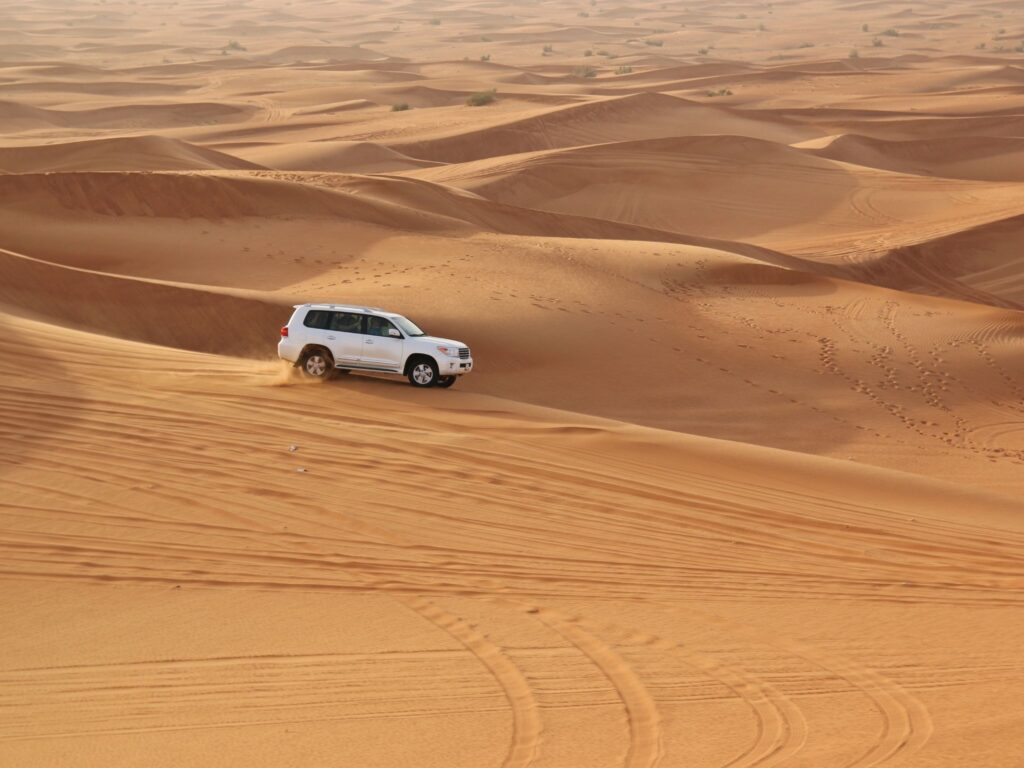
Now that you understand the weather and the local culture when it comes to dress code, let’s take a look at some items we recommend packing for a trip to Sudan.
Long dresses and skirts
Long dresses or skirts, or those that cover you below the knee, are useful and comfortable and can help you go from day to night when paired with a cardigan or jacket. They look sleek and can be very classy while remaining conservative.
When picking the right ones, remember to stay conservative and avoid spaghetti straps or strapless dresses and opt for short or long sleeve dresses and flowing, loose versions over tight ones.
You should opt for three-quarters length at least though ankle length is probably better.
Dresses should at least be short sleeve and if there is a cleavage, you can wear a tank top underneath.
Loose trousers with a t-shirt or blouse
Trousers made of linen or other natural fibers such as cotton are the best for a trip to Sudan. Denim may be too hot for the high temperatures during the day, though a thin denim could also work.
You can pair these trousers with a simple t-shirt or blouse, for a culturally appropriate and comfortable outfit.
Tunic + leggings
Another great combo for Sudan is a pair of leggings that are layered with a colorful tunic, or even a short dress or oversized shirt. This is comfortable, adequate for the local culture and can be fashionable if you feel like it.
A jacket
You already know the weather forecast and the temperature ranges so a jacket needs to be included in your packing list.
This does not need to be a thick winter coat because it will only come in handy in the late evening or early mornings, but you do need something to stay warm.
A fluffy fleece like this one or even a thick cardigan may be the best alternative. If you like it more stylish, a denim jacket can also work, though it’ll be heavier to carry around.
A scarf
Although we will not be entering too many religious buildings, it pays to have a scarf handy in case we get the opportunity to enter a place of worship.
A scarf can also come in handy in the plane, when they crank up the AC, or in the evenings when the temperatures drop, to complement a lighter jacket. It will also be useful to keep the dust away in the desert.
Comfortable closed toe shoes
I mentioned it above, a pair of comfortable shoes is essential for all the walking in uneven surfaces, the desert and archeological sites. Something that is sturdy, that you can be in for hours, and that has grip.
You can bring a pair of hiking boots if you have them, thought they are not essential and I would recommend not bringing the really bulky waterproof type, we won’t be trekking much, though we will be walking on rocky terrain and a twisted ankle is a possibility, which is why a pair of leather ankle boots like Blundstones are a good idea. These boots are an affordable Amazon favorite that are waterproof with ankle support, and a grippy rubber sole.
Here are a few options for lighter sneaker type shoes:
- Sketchers Bob’s cute sneakers are good for walking and comfortable, but not chunky.
- Classic Lacoste sneakers that can be preppy cute even with a dress.
- A pair of Converse always a classic.
- Superga, an all-time favorite pair of walking shoes, now in cure pastel colors.
- These Dr. Scholl’s sneakers are definitely our choice for class, versatility and comfort.
T-shirts, blouses and shirts
I suggest bringing short and long sleeve loose and thin tops that cover you from the sun and dust and that are conservative in respect of the local culture. Cleavages and see-through fabrics should be avoided or a tank top worn underneath.
Linen or cotton shirts are a good idea because they are breathable and fresh. Tight tops should also be avoided.
Hiking clothing
I would not buy specific clothing for this trip but if you have been on safari or go hiking often, traditional hiking trousers will be useful, especially the thin and quick dry ones.
Enough cash
As mentioned on our Sudan travel tips, it is not possible to obtain any cash once you arrive in Sudan. There are no ATMs, credit cards are not accepted and whatever cash you come with is the only cash you will be able to use.
It is important that you carry enough cash for any extras, though there will not be many opportunities to spend it and the trip is all inclusive.
Important: You need to bring enough cash to pay for the visa on arrival ($100 for everyone to $150 for US passport holders), the archeological fees (380 EUR). US bank notes need to be newer than 2009 and in pristine condition. Any notes which have a tear or are not new will not be accepted.
Other things to pack for Sudan
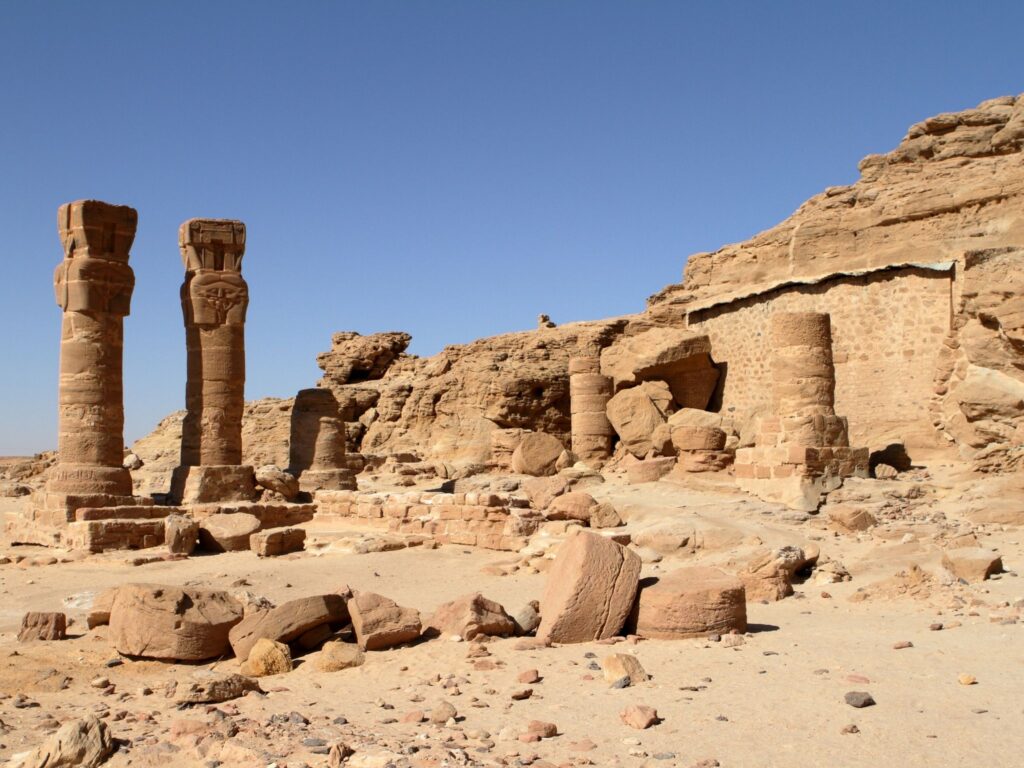
Besides clothing, there are a few other things worth packing for your trip to Morocco.
- Swim suit: If you arrive earlier or stay longer in Khartoum because of flight connections, you can use the hotel’s swimming pool so bring a bikini or swimsuit.
- A sun hat or cap: As mentioned, the sun will be shining all day long so a hat is a essential to protect eyes and face from the sun exposure. Check out this wide brim one.
- A supportive bra: We will spend a lot of hours in bumpy roads, a good bra to keep it all in place is a good idea.
- Universal plug adaptor: Sudan uses UK three-prong flat plugs but the camps we will be staying at use standard two prong round European plugs. A universal plug adaptor is your best bet. I like the ones which come with USB ports so that we can charge phones, cameras and everything else with just one adaptor. I love this one because it has USB ports for all the electronics we now carry.
- A car lighter charger: If you are planning to stay for the extension to Soleb, electricity will not be available so the only option to charge anything is by utilizing the car cigarette lighter, bring an adaptor if you plan to use it.
- Power bank: Access to electricity will be limited when outside of Khartoum. We will spend a lot of time on the road, and in remote areas of Soleb, and even when at the guest house in Meroe, electricity is limited to the hours between sunset and 11pm. For this reason, a large battery pack will come in handy. The INIU Portable Charger has a 20000mAh capacity, and fast-charging USB-C ports, you can power up your devices in a flash, while the LED display keeps you in the know about your battery level.
- Sunglasses: The sun is very strong in the desert, so a pair of polarised proper sunglasses is an essential travel item. Opt for a pair of sports sunglasses that cover the eye area so that you are also safe rom the dust. I like and wear Oakley sunglasses as they are polarized and protect your eyes from any damaging sun rays. I alway wear them. Yes, they are not fashionable, but I have sensitive eyes that don’t like bright days, so they are a lifesaver for me.
- Water bottle: Single use plastic bottles are terrible for the environment and a huge issue in Sudan. Please bring your own reusable bottle as part of our efforts towards zero-waste and responsible travel. Safe drinking water will be available from the guest houses and we will carry it with us in large containers to refill your personal bottle as and when needed.
- Sunscreen: Perhaps the most important item in this packing list is sunscreen. Living in the tropics, this is an everyday item for me I never leave the house without. This one has amazing reviews on Amazon.
- Environmentally friendly toiletries: We will be spending a large amount of time in the bush, and we have hand picked lodges that are environmentally friendly low-impact structures. This means they process their own waste, so the more we can help them minimize chemicals in the water, the better.
We highly recommend you bring toiletries that are low in chemicals. It is a good idea to pack chemical-free solid shampoo, conditioner, deodorants and shower bars instead of liquids to minimize space and environmental impact. We particularly like the brands Ethique. Consider other sustainable products such as toothpaste bits or reusable cotton buds to minimize the wastage you leave behind.
- Moisturiser for face and hands: The desert conditions can be really tough on the skin, nose, mouth, lips and eyes, bring extra intensive moisturiser for the skin.
- Body lotion: The weather can be quite dry and dusty so a good body lotion is always a good idea. Plus it’s more environmentally friendly to bring your own in a small reusable bottle than to use the disposable toiletries given at lodges.
- Lip balm: The sun and dryness of the desert makes it particularly tough for the skin and lips so you should bring a lip balm to stay moisturized. We find these are essential to not end up with completely ruined lips or even blisters. This Nivea one comes in a pack of 4 and has SPF, so your lips will never be dry again!
- Sleep mask: Although hotels have proper blinds, you will be sharing the room with another traveler who may be a late owl. Bring a sleep mask like this one to block the light.
- Pajamas: As mentioned, you will most likely be sharing a room so don’t forget to pack your pajamas! Here’s a comfy choice from Amazon.
- Ear plugs: It is never a bad idea to have a pair of earplugs handy, for the flight, a noisy neighbor or an antsy roommate. Check out these from Amazon.
- First aid kit and medication: Available medications, brands and products in Sudan is not the same as back home. The embargo limits the availability of international brands in the country and the fact that we will spend more of the time away from Khartoum reduces access to supermarkets or drug stores. Bring everything you are used to taking and of course, all prescription medication or vitamins you take. Pack a basic first aid kit with items such as plasters, an antiseptic ointment, eye drops, hydration powder, etc. We’ll spend time in a car on bumpy roads so motion sickness medication is a good idea if you are prone to getting it. Have a look at our suggested first aid kit here. Pack this in your hand luggage in case your suitcase doesn’t make it.
- A pair of flip flops: These will come in handy when taking a bucket shower at the Soleb camp, going to the pool in Khartoum or relaxing at the guest house.
- Tissue paper and wet towels: There are no public toilets in Sudan so all toilet stops will involve bush toilets, bring your own tissue paper and wet towels.
- Sanitary products: Availability of female hygiene products in Sudan is limited so you should bring your own with enough amount for the duration of the trip and any unexpected emergencies.
- A torch: Bring a flashlight and enough batteries for when the electricity goes off in Meroe (after 11pm) and for the camp in Soleb.
What not to pack for Sudan
There are also a few things we do not recommend you bring to Morocco, mainly, because you won’t need them.
- Revealing clothes: This goes for short shorts, miniskirts, mini dresses, tops which show a cleavage, tank tops, crop tops, etc. anything that is shorter than your ankle or that is sleeveless is best to leave at home.
- Laptops: Unless you need to do some work, or you plan to back up your images every day into a hard disk (which is not a bad idea), we strongly recommend you leave your laptop at home. They could be damaged by the bumpy roads or the dust and will distract you from making the most of this incredible experience.
- Hair dryer: Electricity will be limited outside of Khartoum and it is not the kind of trip where blow drying your hair is required. Plus it’ll take space on your suitcase.
- New clothes: We will spend a lot of time in the sun, dust and desert, you’ll be glad you left your best, most delicate and expensive clothes at home.
- Alcohol: Bringing in any alcohol is strictly forbidden.
- Telescopes or professional binoculars: Both of these items are not allowed for security reasons. If you bring them, they will be confiscated and you’ll get a receipt to retrieve them on your way out.
- Drones: Drones may also be confiscated at the airport and a receipt will be issued. Sometimes, a deposit may be required for you to get it back.
- Professional video camera: The use of a professional video camera may require extra permits which need to be processed in advance.
- Female magazines: Western magazines may not be allowed in Sudan because they contain naked or exposed women. Best to leave them behind.

